Understanding Wildlife Encounters: Why Safety Should Be Your Top Priority
Every year, countless visitors pour into Oregon's rolling state parks to hike, camp, spot wildlife, or simply pause in tranquil settings. Yet with the thrill of observing deer on a trail or spotting birds overhead comes an often-overlooked challenge—coexisting with wildlife while protecting both yourself and the creatures that call these landscapes home. In the heart of every adventure lies a hidden tension: the delicate balance between human curiosity and the unpredictability of the wild.
Wildlife and safety go hand in hand, whether you’re attending a guided nature hike, camping with family, or joining a volunteer work party along a winding river. Encounters with animals, from the smallest squirrel to the largest elk, require more than a passing knowledge of local species. They demand a mindset rooted in respect, awareness, and preparedness. Understanding these principles isn’t just about preventing scares or mishaps— it can mean the difference between a rewarding outdoor experience and a dangerous one. Each choice you make, from storing food properly to staying on designated trails, has ripple effects for your safety, the wellbeing of wildlife, and the preservation of these special places.
Demystifying Wildlife and Safety: How Knowledge Redefines the Outdoors
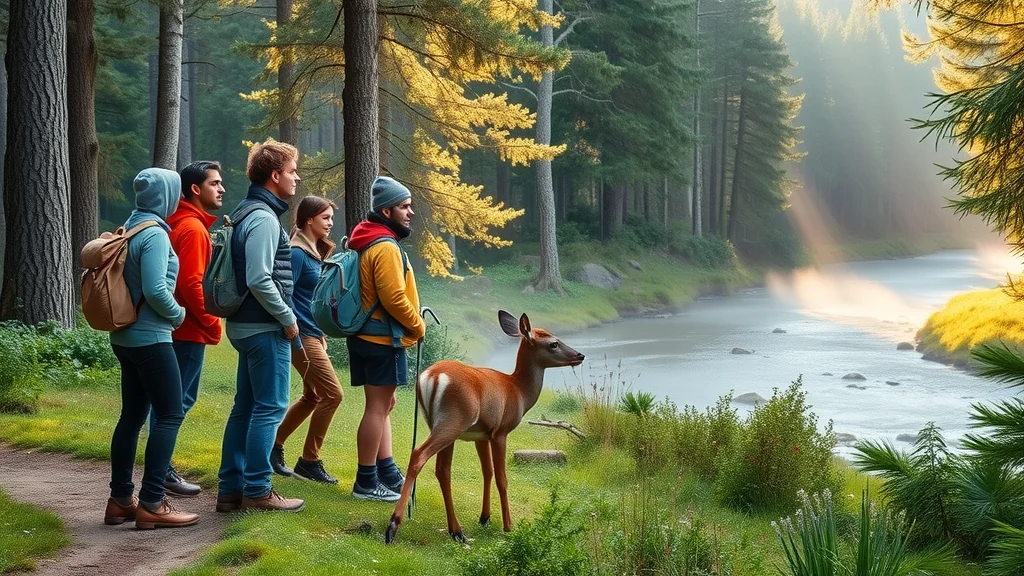
“Wildlife and safety” may at first sound simple—but the reality in Oregon’s diverse parks is complex and ever-changing. Every time you step into nature, whether on a whale-watching expedition or a peaceful kayak tour, you are entering the intricate world of animals that are wild by nature, not pets to be approached or fed. This is why parks stress the importance of not just knowing about wildlife encounters, but understanding the risks and responsibilities that come with them.
If you believe keeping safe is only about watching your step or carrying bug spray, think again. Behavioral patterns, seasonal changes, and even seemingly small actions—like leaving food unattended or ignoring posted signage—can attract unwanted animal attention or disrupt habitats. Lapses in knowledge not only put people at risk for bites, disease, or surprise run-ins; they endanger animals who become dependent or aggressive with repeated human contact. Choosing to educate oneself about the animals in a given park, the rules that protect both guests and fauna, and the support systems in place, sets the foundation for an enriching, safe, and respectful outdoor journey.
Why Mastering Wildlife and Safety Ethics Elevates Every Outdoor Experience
Willamette Mission State Park and its network of Oregon State Parks contribute expert insights and stewardship to make every visit not only enjoyable but also safe for all. Their approach to wildlife and safety extends from meticulously maintained horse camps and miles of scenic trails to thoughtful ranger presence and comprehensive rules. By prioritizing “leave no trace” principles, emphasizing seasonally relevant safety tips, and even incorporating accessible parking permits, these parks illustrate the practical benefits of wildlife mindfulness.
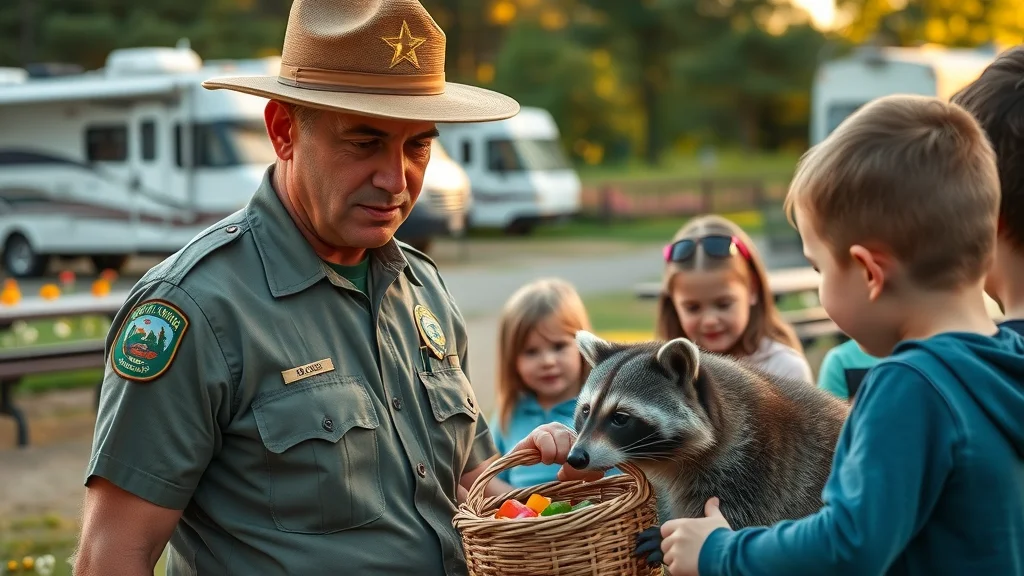
Embracing wildlife and safety practices means you’ll reduce the risk of unwanted close encounters, minimize stress on animals, and preserve the serenity that draws so many to Oregon’s wild places. Understanding that every action—from handling food scraps to maintaining a safe viewing distance—impacts the entire park ecosystem, gives visitors agency in shaping a positive park experience. With miles of paved paths, dynamic event calendars, and regular nature hikes, these parks are living classrooms where one can safely observe, learn, and engage with wildlife. In turn, this bolsters public appreciation for nature, increases visitor confidence, and helps ensure these treasured sites remain welcoming for future generations.
From Campground to Trail: Building Your Personal Wildlife Safety Toolkit
Preparation is the unsung hero of every successful park visit. Oregon State Parks, featuring heritage sites and day-use areas, provide clear guidelines and amenities to boost visitor preparedness. Before any trip, reviewing brochures and maps or joining an organized event like a “Guided Nature Hike” can be invaluable. Such resources teach visitors to recognize signs of animal activity, identify habitats, and understand best practices for minimizing disruptions.
Key steps include packing animal-proof food containers, wearing bright clothing, respecting posted advisories, and knowing where to find park rangers or emergency help. These are not just suggestions; they are proven strategies rooted in years of field experience. By integrating them into your outdoor habits, whether camping with horses or simply hiking a short loop, you drastically reduce risks and amplify the joys of meeting wildlife safely. Equipping yourself with this knowledge also models positive behavior for other visitors, multiplying the community’s collective impact.
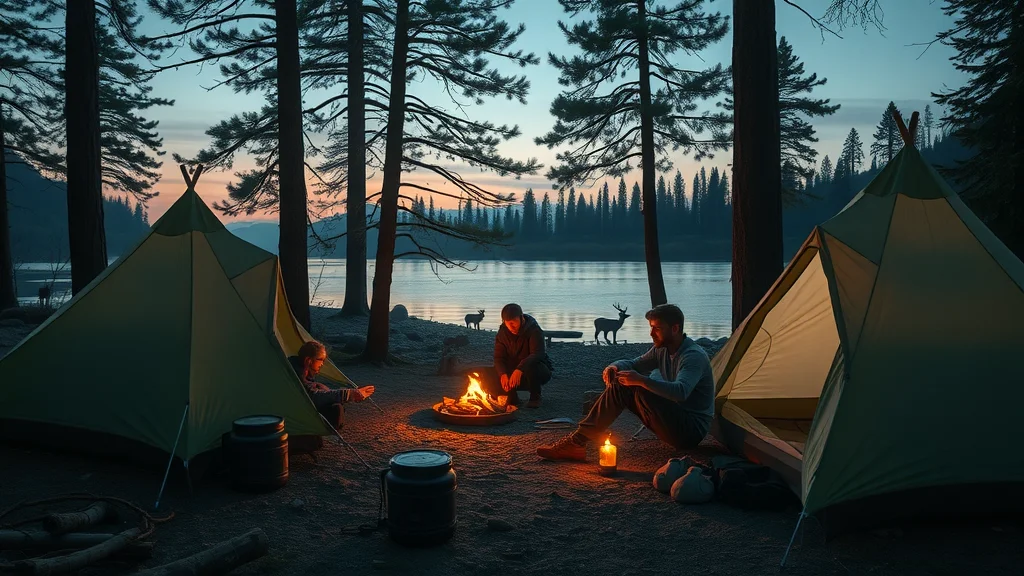
How Community Events Foster Safer Wildlife Encounters
Events hosted at state parks, such as “I Spy an Osprey” or “Volunteer Vegetation Removal Work Parties,” do more than bring people together—they embed wildlife safety education directly into the park experience. Guided activities led by experienced staff allow visitors to learn how to observe wildlife from a distance, identify species by sound or sight, and understand the subtle cues that signal when animals are feeling threatened.
Participating in community-led programs gives people the tools and confidence to share trails responsibly, react calmly in unexpected situations, and bond over a shared commitment to conservation. These events also facilitate dialogue between guests and park staff, empowering everyone to report unusual animal behavior, seek advice, and collectively promote a safer, friendlier environment for all living things.
Wildlife and Safety’s Role in Conservation: Protecting the Ecosystem for Generations
At the heart of wildlife and safety is a deeper lesson about coexistence. Parks like Willamette Mission State Heritage Area actively encourage a symbiotic relationship between people and their surroundings. When visitors honor designated paths, adhere to park rules, and avoid interfering with native animals, they play a part in preserving the larger ecosystem.
Beyond immediate safety, these actions safeguard sensitive habitats, help scientists track animal health, and ensure the park remains a haven for both resident wildlife and the families, hikers, and campers who adore these landscapes. The pursuit of safety thus transforms visitors into stewards—guardians of Oregon’s wild beauty and its countless inhabitants.
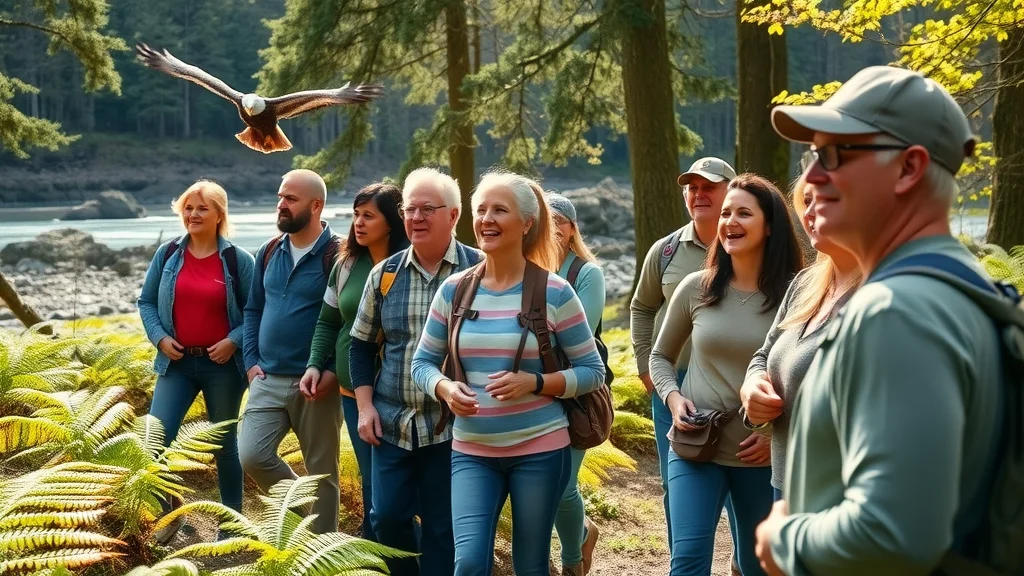
Willamette Mission State Park’s Distinctive Philosophy on Wildlife and Safety
Rooted in a mission to connect people to Oregon’s natural heritage, Willamette Mission State Park and its fellow sites bring a philosophy of shared responsibility to every aspect of wildlife and safety. Their approach is built around accessibility, education, and proactive care—focusing not just on protecting people, but also on supporting healthy, thriving animal communities.
By curating a wide array of events, from disc golf introductions to horse trail rides, and maintaining robust information systems such as park maps and guidelines, they make safety a collaborative journey. Rangers are visible not just as rule-enforcers but as friendly allies—offering guidance, checking in on animals, and striving to make the outdoors inclusive and rewarding for all ages and backgrounds. This ethos, present from the event calendars to the systems for reporting wildlife concerns, demonstrates real investment in nurturing respect for every living thing that inhabits Oregon’s parks.
Real-World Insights: When Safety and Kindness Make All the Difference
The trust inspired by effective wildlife and safety practices is evident in the words of visitors who have relied on them. For example, one recent camper recounted how compassion and attentiveness from park staff elevated a routine trip into a memorable example of community care:
The horse camp here is small but extremely nice! We were camping with our newborn when he had a reaction to a wipe we used and had to go to the ER. Park Ranger Bridget checked up on my horse to be sure she had food and water. Then pulled my phone # off her halter to text me the gate code for when we got back. This is the perfect place to camp for short rides and easy access to city amenities should you need it.
Stories like these reveal more than a safe physical environment—they capture the support, trust, and shared humanity that make Oregon’s parks a model for wildlife and safety collaboration. Taking the time to internalize these lessons can mean responding confidently to the unexpected, providing comfort in times of need, and ultimately, embracing the full richness of an outdoor adventure.
Why Wildlife and Safety Awareness is an Essential Skill for Modern Adventurers
From scenic bikeways to river kayaking, understanding the realities of wildlife and safety transforms ordinary excursions into enriching, secure journeys. As Oregon’s state parks continue to foster inclusive, well-managed landscapes, their contributions set the benchmark for balancing adventure with responsibility. Adopting thoughtful wildlife and safety habits brings peace of mind while amplifying enjoyment for everyone sharing these natural spaces. A well-informed approach to wildlife and safety is not just recommended—it’s essential to making the most of every moment spent outside, ensuring these beloved parks remain safe, welcoming, and wild for years to come.
Contact the Experts at Willamette Mission State Park
If you’d like to learn more about how wildlife and safety could benefit your outdoor experiences, contact the team at Willamette Mission State Park.
📍 Address: 10991 Wheatland Rd NE, Keizer, OR 97303, USA
📞 Phone: +1 800-551-6949
🌐 Website: https://stateparks.oregon.gov/index.cfm
Willamette Mission State Park Location and Hours
🕒 Hours of Operation:
📅 Monday: 7:00 AM – 7:00 PM
📅 Tuesday: 7:00 AM – 7:00 PM
📅 Wednesday: 7:00 AM – 7:00 PM
📅 Thursday: 7:00 AM – 7:00 PM
📅 Friday: 7:00 AM – 7:00 PM
📅 Saturday: 7:00 AM – 7:00 PM
📅 Sunday: 7:00 AM – 7:00 PM
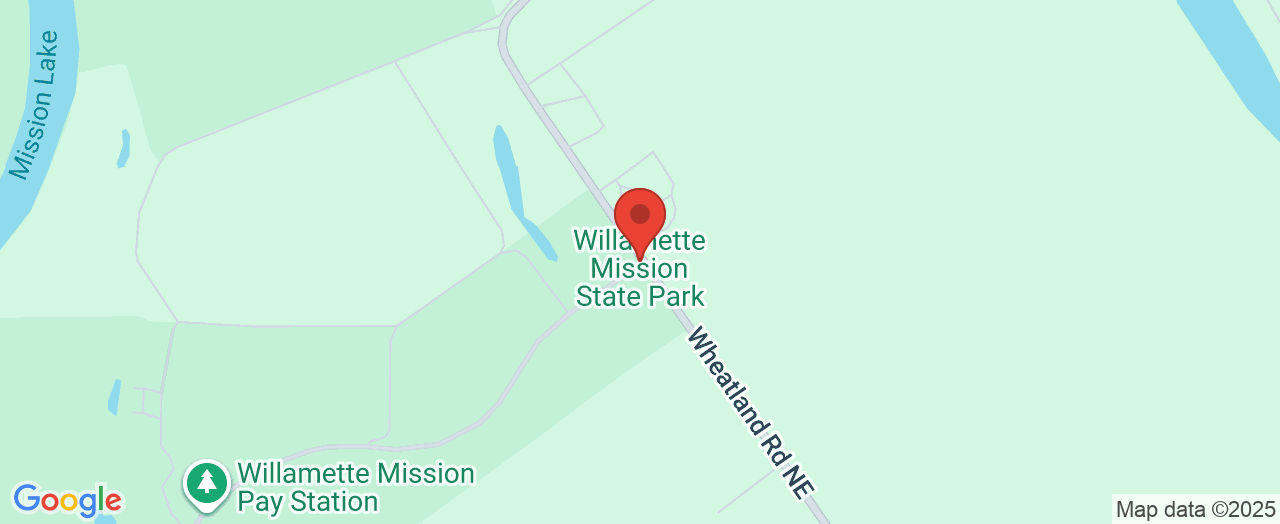
 Add Row
Add Row  Add
Add 





Write A Comment